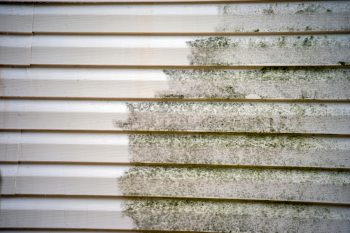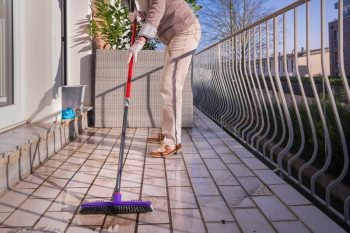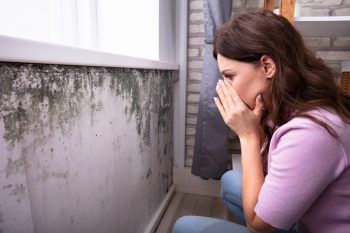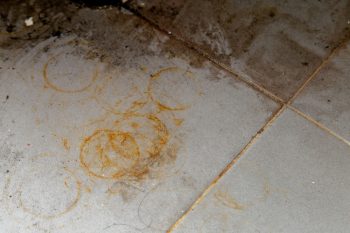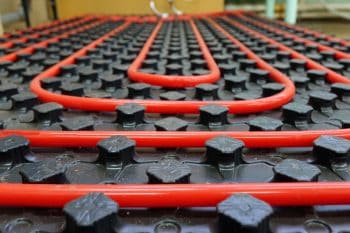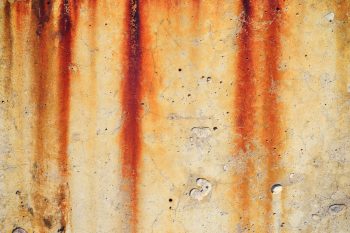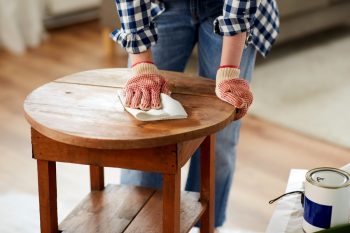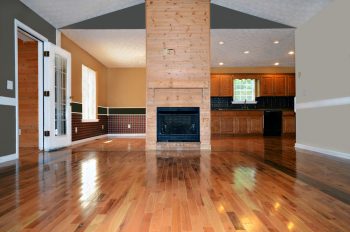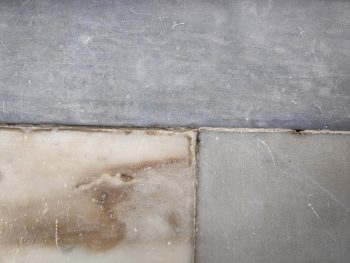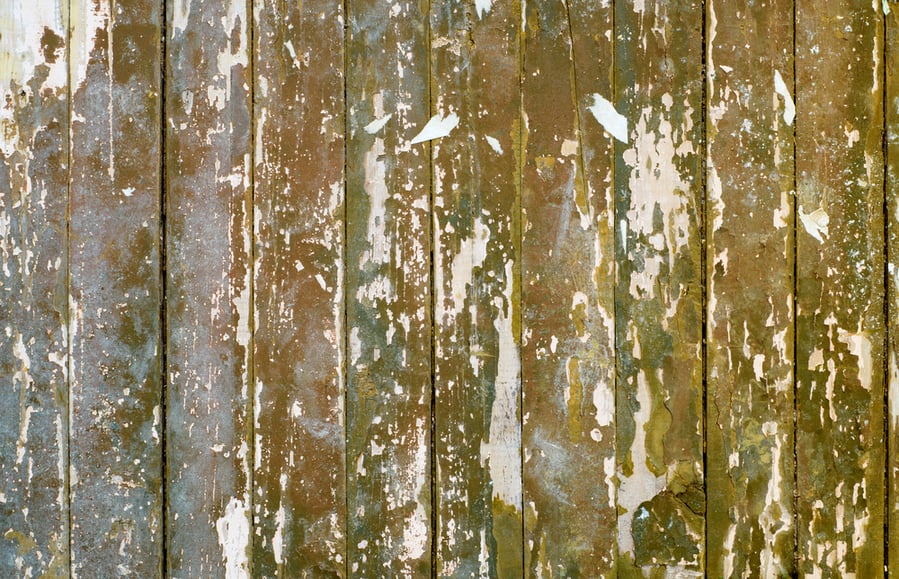
So, you have a mold and mildew problem on your exterior doors? Now you are probably wondering how and why you didn’t notice in time.
This is because many homeowners don’t factor in the exteriors of their houses when inspecting for mold and mildew.
So, how do you remove mold and mildew from your exterior doors? Let’s jump right in, shall we?
Mold and mildew occur regularly in houses that are in areas with high humidity levels.
Every homeowner will probably have to deal with mold on their exterior home doors more than once in their lifetime. However, there are ways to remove them. These include:
- Cleaning the doors regularly with the appropriate cleaning solution.
- The next option is to identify the underlying cause of mold growth if your house is not humid.
- The type of door material (timbre or steel) plays a huge role in its susceptibility to humidity.
Below, you will find out how to remove mold and mildew from doors and the protective measures required during removal. Scroll to the end to find answers to frequently asked questions about mold and mildew.
Removing Mold and Mildew From Wooden Doors

The quantity of cleaning products used in removing mold and mildew largely depends on the degree of the infestation to be dealt with.
When it comes to mold and mildew, there are two degrees of infestation: light and heavy.
- When dealing with light mold and mildew infestation, add one part of bleach and 10 parts of warm water to a bucket.
- If it’s a heavy mold and mildew infestation, add one part of mild detergent and 10 parts of bleach to 20 parts of warm water. Mix them in a bucket.
After preparing the mixture, proceed with the following steps to remove mold and mildew from your doors.
- Using a spray bottle filled with water, spritz the entire door thoroughly, especially in areas affected by mold. It ensures that mold spores don’t get released into the air during the cleaning process.
- Dip a sponge or brush in the cleaning solution and scrub down the door doors thoroughly until every trace of mold and mildew has been removed. Ensure the sponge or brush is rinsed off as often as needed while cleaning.
- Finally, empty the bucket of cleaning solution and add clean water. Dip a new sponge into the bucket and rinse off the doors.
Removing Mold and Mildew From Steel Doors

While steel is not an organic material that can provide food for mold and mildew, dirt and other contaminants can create a hospitable habitat for mold on steel doors. Even oils on your hands can aid the growth of mold and mildew on steel doors.
Here is how to go about removing mold from your steel doors:
- Add one cup of ammonia to a bucket containing 5 gallons of warm water.
- Dip a sponge or brush in the cleaning solution bucket and scrub the doors thoroughly until no trace of mold and mildew is left.
- Finally, empty the bucket and add clean to it. Use a new sponge and water to rinse off the door.
Necessary precautions during mold and mildew removal:
- Put on an N-95 mask to avoid inhaling mold spores and chemicals from the cleaning products.
- Put on gloves; the EPA has recommended gloves that reach the middle of the forearms. This protects the hands when cleaning chemicals and prevents skin contact with mold and mildew.
- Wear google to avoid getting cleaning products and mold spores in your eyes.
Check out the official website of the EPA to learn more about the safety measures required during mold and mildew removal.
Conclusion
As you can see, removing mold and mildew from your doors is not a difficult task. All you need is some household cleaning products, and you can have a clean, safe environment to live in.
Above all, taking precautions before starting the removal is essential.
Frequently Asked Questions
What Causes Mold and Mildew?
Mold and mildew tend to thrive in places where there is moisture or high humidity.
Do Mold and Mildew Pose Health Risks?
Yes. While some might consider molds inconvenient, they can make you and your family sick. Mold can irritate the eyes, lungs, skin, nose, and throat.
How To Prevent It From Recurring?
You cannot do much to prevent mold and mildew from invading your exterior doors. The best option is to clean them regularly, especially if you live in a humid area.
